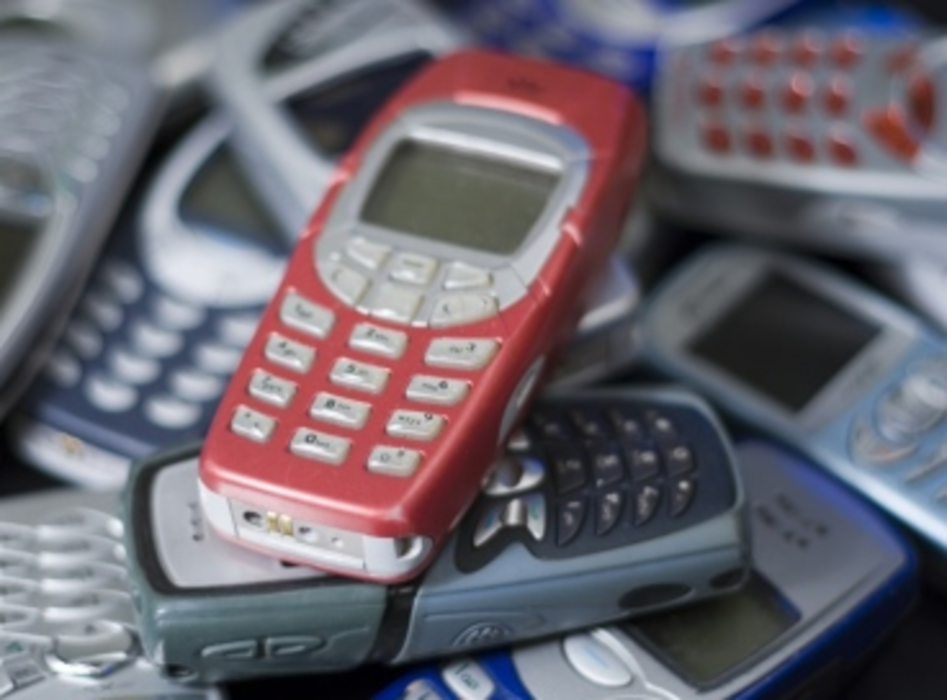Joe Laszlo, the man behind the Interactive Advertising Bureau’s (IAB) new guidelines for mobile marketing, fired off a simple question to begin the discussion on metrics at the group’s Mobile Marketplace event in New York yesterday: “What’s the state of mobile measurement right now?”
Eric Litman, the interactive media pioneer who founded Viaduct and Proxicom and now serves as CEO of third-party ad server Medialets, had a suitably simple answer: “It’s a mess,” he said. “It’s a really big mess.”
Though marketers, their agencies, and traditional display ad servers are rushing headlong into mobile, they’re doing so without the underpinnings of solid measurement, Litman observed. “It’s hard to argue to allocate budget to the channel when you, as a marketer, can’t definitively argue that the metrics you’re using to define ROI are acceptable,” he said. “It’s really, really hard when the mathematics and basic reference point behind it isn’t sound.”
At the heart of the issue is getting publishers, ad networks, ad servers, and clients to agree on what constitutes an impression. Publishers often tally an impression as soon as the server makes an ad request. Because mobile ads are delivered via several telecom providers and onto devices with differing technologies, delivery is often inconsistent. Ever open a game app, quickly press “play,” and briefly see a blank space appear? That’s an ad that didn’t get delivered quickly enough. You didn’t see it, but it got counted as an impression.
The newness of mobile marketing and the Sooner-like rush among the players to stake claims has put the space in a temporary state of flux, contended a panelist representing one of the larger mobile ad networks. “Right now in the industry there’s a very wide gap between how mobile-first ad servers and desktop- first ad servers are doing things,” said Anne Frisbie, VP and GM, Global Supply, of inMobi.”A lot of desktop servers are putting more investment in, but for now, problems exist.”
Similar problems existed when display ad metrics were being refined a decade ago, said IAB’s Laszlo, who added that the resolution came from publishers and ad networks providing accountability to marketers. “If you’re making money on a cost-per-thousand basis and you continue counting impressions you really shouldn’t be counting, you’re going to get a lot less mileage at the end of the day,” he said.
The problems facing valid measurement standards of mobile campaigns can be resolved if all parties sit down and decide to resolve them, Medialets’ Litman argued. The problem is getting them to the table. “There are some big infrastructure providers out there behind many properties that have their own issues and may not have gotten to making changes yet,” he said.
Both Laszlo and Litman agreed that the resolution had to eventually be found in client-side counting when, said Litman, “you’re firing that last counting point at the only logical point where it could be counted, when that content is actually up and saying, ‘I am here, I am live.’”
But many issues need to be settled until that day arrives, apparently. When Laszlo asked the panel what constitutes a discrepancy in measurement standards, Litman quipped, “It’s probably easier to describe what doesn’t cause a discrepancy—not running an ad.”








